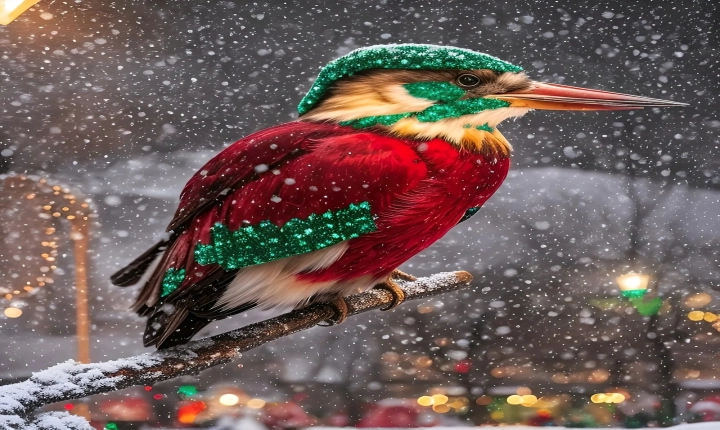Converting an AI (Adobe Illustrator) file to a JPEG format can be a useful skill for anyone working with graphic design or digital artwork. While AI files are vector-based and commonly used for creating and editing logos, illustrations, and other complex graphic designs, JPEG files are widely used for sharing images online due to their smaller file size and easy compatibility. If you need to convert your AI file to a JPEG, here are the steps to follow:
1. Open the AI file in Adobe Illustrator: Start by opening the AI file that you want to convert to a JPEG in Adobe Illustrator. If you don’t have Adobe Illustrator, you can download a free trial from the Adobe website or use any other vector graphic software that supports AI files.
2. Review and prepare the artwork: Before converting the file to JPEG, take a moment to review the artwork and make any necessary adjustments. Ensure that the dimensions, colors, and any text are finalized and ready for conversion.
3. Resizing the artwork (optional): If the original AI file is too large or if you need to resize it for specific use, you can adjust the dimensions of the artwork by going to “File” > “Document Setup” and entering the desired width and height.
4. Save the AI file: Once you are satisfied with the artwork, save the AI file by clicking on “File” > “Save As.” Choose a location on your computer to save the file and select the AI format from the dropdown menu.
5. Export the file to JPEG: To convert the AI file to JPEG, go to “File” > “Export” > “Export As.” In the dialog box that appears, choose JPEG as the format and specify the location where you want to save the file. You can also adjust the quality settings for the JPEG file if needed.
6. Confirm export settings: Before finalizing the export, review the export settings to ensure that they are suitable for your needs. If everything looks good, click “Export” to save the AI file as a JPEG.
7. Check the JPEG file: Once the export process is complete, navigate to the location where you saved the JPEG file and open it to confirm that the conversion was successful. Check the image quality and make sure it retains the visual aspects of the original artwork.
By following these steps, you can easily convert an AI file to a JPEG format, making it more accessible for sharing, uploading to websites, or using in various digital platforms. Whether you’re a designer, illustrator, or just someone looking to convert their AI artwork, knowing how to perform this conversion can be a valuable skill in the digital age of graphic design and online content creation.
